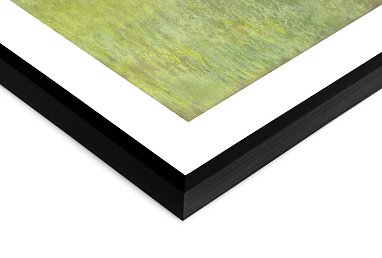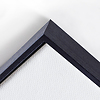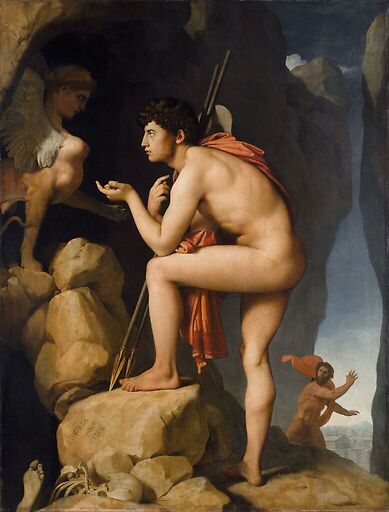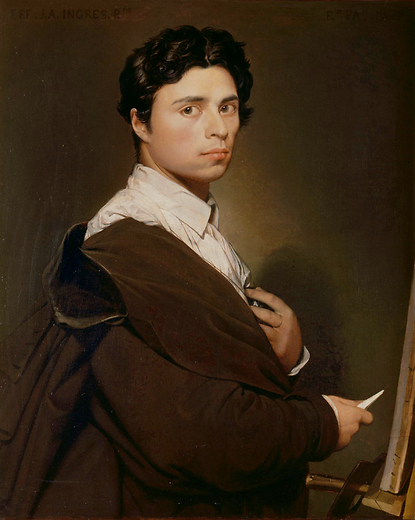Oedipus Explaining the Enigma of the Sphinx (framed art prints)
Print type
Framed ArtprintsFramed Art Prints
The frame consists of a wooden cast with a simple structure, the idea being to favor the work rather than the frame. The methacrylate we use has been specially selected for its durability, transparency and strength, which guarantee a quality close to that of glass without risk of breakage during transport.
Fine Art Giclée printing is done on special paper
Printed artwork to the dimensions you choosed and will also include a white border.
We offer a choice of three finishes: natural wood, wood covered with a dark brown varnish and wood painted black.



About the Artwork
Oedipus Explaining the Enigma of the Sphinx
Original work by: Ingres, Jean-Auguste-Dominique Original height: 189.00 cm Original width: 144.00 cm Period: période contemporaine de 1789 à 1914, 19e siècle Technic: huile sur toile Ingres, Jean-Auguste-Dominique - Oedipe explique l'énigme du Sphinx - huile sur toile © RMN-Grand Palais (musée du Louvre)








